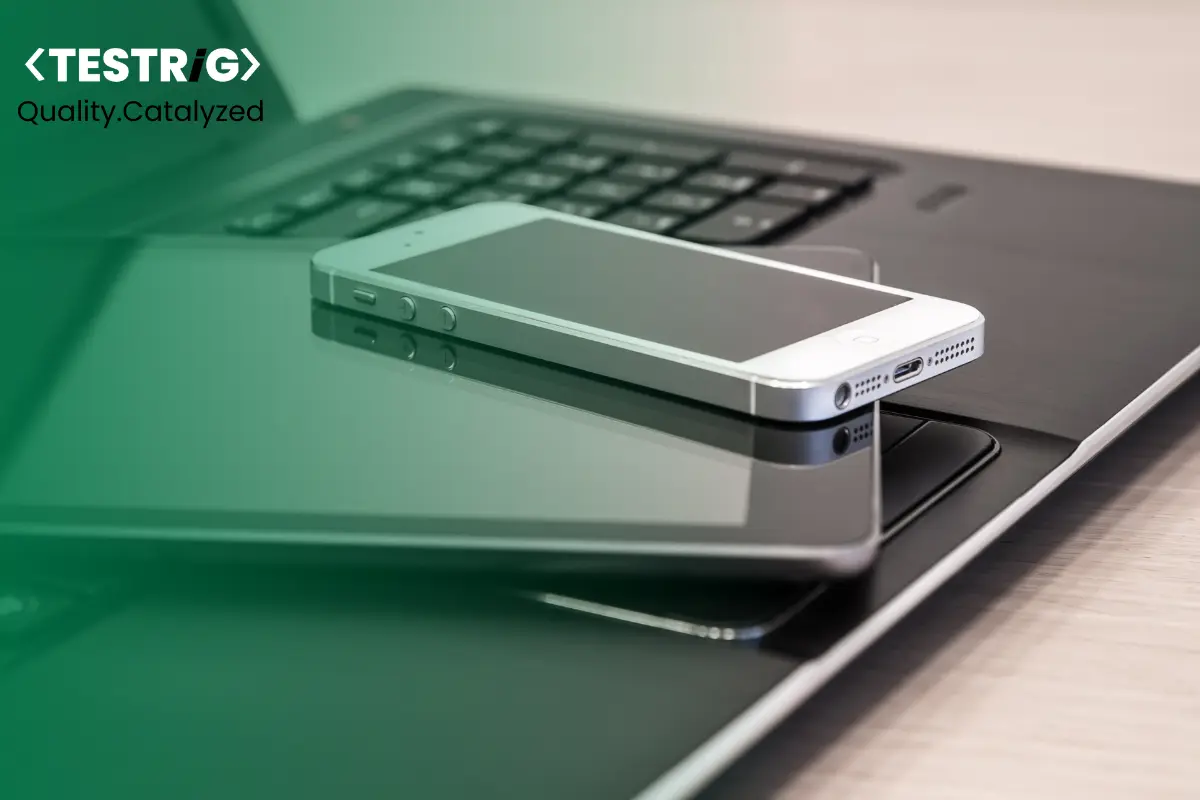
In the vast expanse of the digital universe, where the threads of technology weave through every facet of modern existence, the concept of device compatibility emerges not merely as a convenience but as a fundamental pillar shaping the landscape of contemporary business.
It is within this intricate tapestry of interconnected devices, systems, and platforms that organizations find themselves navigating a labyrinth of opportunities and challenges, where the seamless integration of technology becomes not just a goal, but a defining characteristic of success.
According to recent studies, the average employee interacts with at least four different devices in their daily work routine. From laptops and smartphones to tablets and desktops, this proliferation of devices underscores the growing complexity of modern business environments. Yet, despite this diversity, studies also reveal that nearly 64% of employees encounter compatibility issues when trying to access company resources across multiple devices.
This disconnect not only undermines productivity but also hampers collaboration and innovation—a sobering reminder of the critical importance of device compatibility testing in today’s business landscape.
The Current Landscape
Today’s business environment is characterized by a proliferation of devices, with employees using an average of four devices daily, including smartphones, tablets, laptops, and desktops. This trend extends to remote and hybrid work settings, which have surged in popularity.
By 2023, there were 6.8 billion smartphone users globally, and business tablet use has increased by 20% from the previous year. These devices are essential for communication, collaboration, and accessing cloud-based applications, but they also present challenges in ensuring seamless compatibility across diverse platforms.
The Importance of Device Compatibility
Device compatibility Testing ensures that software applications perform consistently across various devices, operating systems, and browsers. For businesses, this translates into:
- Enhanced User Experience: Customers expect flawless performance regardless of the device they use. Ensuring compatibility can lead to higher customer satisfaction and retention.
- Market Reach: With a multitude of devices available, compatibility testing helps businesses reach a broader audience without alienating any segment.
- Brand Reputation: Consistent performance across devices reinforces brand reliability and trustworthiness.
How Compatibility Testing is Evolving with New Trends in 2025
As technology advances, several trends are shaping the future of device compatibility in modern business:
1. Proliferation of Devices: The market is inundated with a variety of devices, from smartphones and tablets to smartwatches and IoT devices. Each comes with different screen sizes, resolutions, and operating systems, increasing the complexity of compatibility testing.
2. Cloud-Based Testing: Cloud platforms offer scalable solutions for compatibility testing. They provide access to a wide range of virtual devices and browsers, enabling businesses to conduct extensive testing without the need for physical hardware.
3. AI and Machine Learning: Artificial intelligence is revolutionizing compatibility testing by predicting potential issues, automating test cases, and optimizing test coverage. Machine learning algorithms analyze user behavior to prioritize testing on the most common devices and configurations.
4. Cross-Platform Development: Frameworks like Flutter, React Native, and Xamarin enable the development of applications that run smoothly across multiple platforms. However, ensuring compatibility across all potential devices, including achieving cross-browser compatibility, remains a challenge, necessitating rigorous testing.
5. Edge Computing: As edge computing becomes more prevalent, ensuring compatibility across devices that process data locally rather than in the cloud will be crucial. This shift demands new testing strategies to account for variations in local processing capabilities.
Businesses Can Adopt Several Best Practices in Compatibility Testing
1. Automated Testing: Automation tools can expedite the testing process, allowing for frequent and thorough checks across multiple devices and platforms. Tools like Selenium, Appium, and BrowserStack are invaluable in this regard.
2. Continuous Integration and Continuous Deployment (CI/CD): Integrating compatibility testing into the CI/CD pipeline ensures that issues are detected and resolved early in the development cycle, reducing the risk of post-release defects.
3. Real Device Testing: While virtual devices are useful, testing on real devices provides more accurate results. Leveraging device farms or testing labs can help achieve this without significant investment in physical hardware.
4. User Feedback: Incorporating user feedback into the testing process can highlight real-world compatibility issues that automated tests might miss. Beta testing programs and user surveys are effective ways to gather this information.
5. Focus on Critical Paths: Identifying and prioritizing the most critical user journeys can help streamline the testing process. Ensuring that these key functionalities work seamlessly across all devices ensures a smoother user experience overall.
Conclusion
The future of compatibility testing in modern business is both exciting and challenging. As technology evolves, it’s crucial to adapt strategies and Suitable device compatibility testing tools for ensuring quality. Embracing new trends and adopting best practices in compatibility software testing enables businesses to deliver consistent, high-quality user experiences across an ever-expanding array of devices.
How can businesses navigate this ever-evolving landscape and ensure their applications remain accessible across a vast array of devices and resources?
Enter leading Software Compatibility Testing Company like Testrig Technologies.
As a leading QA Company, Testrig Technologies is at the forefront of this evolution, working on innovative solutions in device compatibility testing. By leveraging cutting-edge technologies and methodologies, Testrig Technologies ensures that applications perform seamlessly across diverse devices and platforms, helping businesses maintain a competitive edge in the modern market.
Contact us Today!


